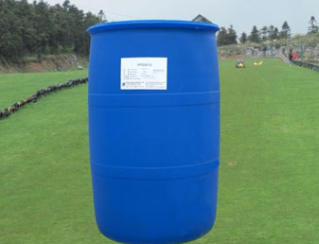Surfactant has low toxicity and irritation, and has mild bactericidal and algal inhibition effect, which can effectively control the over reproduction of algae. However, it will not cause excessive water transparency, and can effectively promote the improvement of water microenvironment. Because the above surfactants have some functional groups of vitamins and amino acids, it is actually observed that they can promote growth. For example, BS-12 not only has good growth promoting effect, but also has good water quality adjustment, bacteriostasis and algae killing function.

The drugs used for fish and water culture for the purpose of improving the environment of aquaculture waters, including substrate modifiers, generally act together with cationic, non-ionic and polymer surfactants, mixed oxides, peroxides, zeolites and photosynthetic bacteria, so as to achieve the functions of slow-release, oxygenation and penetration.
The commonly used varieties are: dodecyl dimethyl aminoethanolactone, dodecyl dimethyl amine oxide, sodium dodecyl amino carboxylate, dodecyl double betaine, dodecyl double oxide amine, dodecyl betaine monoglyceride, sucrose ester, sodium polyacrylate and polyvinylpyrrolidone. The use of surfactant in feed can prevent the rapid oxygen consumption of excessive feed decay in water, improve the palatability of aquatic feed, effectively control the disintegration speed of feed, avoid excessive loss of drugs and feed before reaching the target organ, reduce toxic and side effects, and reduce water pollution caused by excess feed. These surfactants can effectively increase the absorption conversion rate of feed and greatly reduce the total amount of excreta. For example, monoglyceride can increase the feed conversion rate by 15%.
In recent years, scholars in developed countries have found that surfactants have unique efficacy and good practicability in solving the above problems. Therefore, its research work has developed vigorously. In recent years, more than 100 surfactants have been applied to aquatic feed, aquatic drugs and aquaculture. They have become an indispensable part of aquatic chemicals, and show an increasing trend year by year, which has greatly promoted the disease prevention and control of aquatic animals.